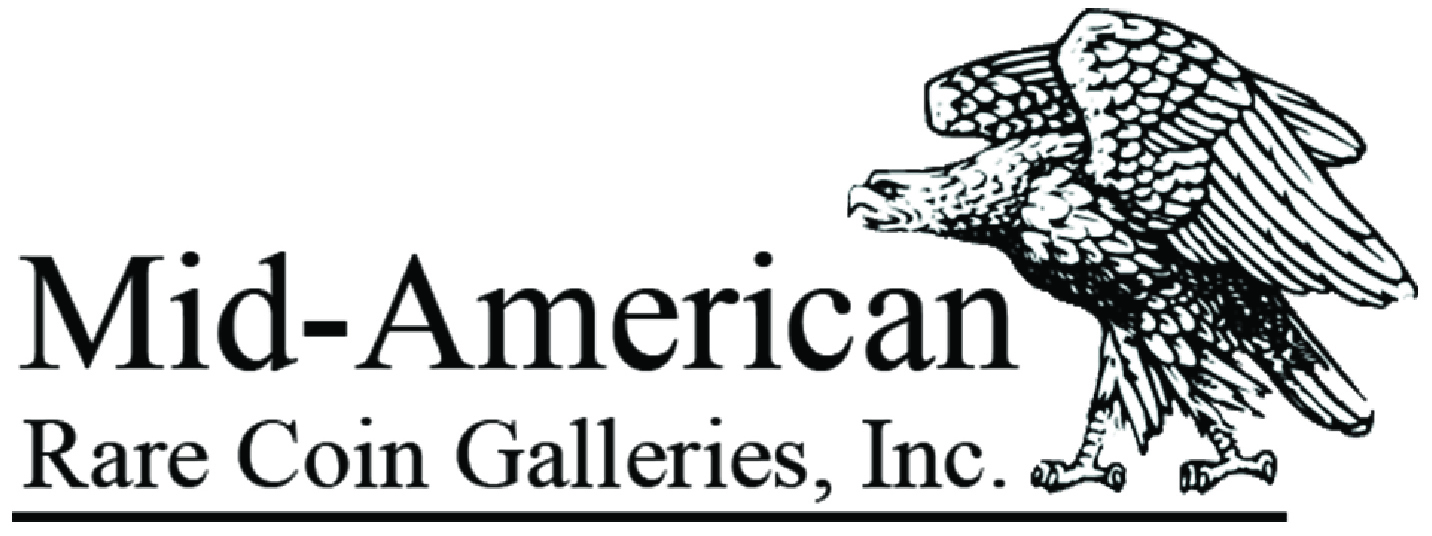The financial markets have been abuzz the last few days because of the market disruption caused by the skyrocketing stock price of GameStop and AMC Theaters. These stocks have soared in value based on the influence of social media, which is encouraging speculation, and the desire of small investors to crush the professional short-sellers.
The pandemic created a small army of traders sitting at home plowing money into the stock market, and many attribute much of the recent rise in the broad market to this new inflow of capital. We can all assume that the unsustainable increase in the price of GameStop and other similar stocks will end badly. Warren Buffett likes to quote the old saying, “In the short run, the stock market is a voting machine, but in the long run, it is a weighing machine.” From what I’ve read, many of these stocks lack weight.
The numismatic hobby has also been greatly influenced by the pandemic over the last 10 months. In March, when businesses were forced to shut down and the financial markets collapsed, hobby leaders were deeply concerned about the impact it would have on the hobby.
The first sigh of relief was the successful sale of selections from the D. Brent Pogue collection in March 2020. Many coins and currency items sold for record prices. Since then, several major collections have been successfully sold despite the cancelation of the conventions that would typically host these events. Buyers have become comfortable spending millions of dollars purely online.
There are many signs that, because of COVID-19, people are sitting at home and discovering new hobbies or rekindling interest in ones they once had. Membership in the American Numismatic Association (ANA) has spiked nearly 20% over the last year to almost 30,000. Any rare coin company with a web presence is seeing greatly increased sales and traffic. Whitman Publishing has been forced to reorder runs of the Red Book and the Blue Book for the first time in decades. The sports card and comic book markets have exploded, with record auction prices and vastly increased submissions to the grading companies.
Many of these above-mentioned individuals are new to the hobby. It has been reported that the buyer of the amazing NGC MS 65★ Brasher Doubloon for $9.36 million USD had never bought a coin before. There is undoubtedly a correlation between the tremendous wealth created by the financial markets and the new money flowing into the hobby.
For now, much of that money is being focused on “trophy coins”. Collectors dominate the market, and they are willing to pay top dollar for quality and rarity. A coin’s “eye appeal” has never been more important.
With so much attention paid to the headline-making sales, the remainder of the market seems stagnant when checking price guides and auction records. Many series are selling for multi-decade lows for uninspiring examples. Classic Commemorative gold and silver coins, Morgan and Peace dollars, generic gold coins, and many others still remain dormant.
This may change soon! I spend the majority of my time seeking merchandise for my retail and wholesale operations. Rare coin sales may be brisk on the internet, but I can tell you for a fact that nearly every dealer in the country is having trouble sourcing merchandise. The traditional supply chain of rare coin conventions has been absent for nearly a year.
Another huge factor is that many smaller shops and operations that would normally sell their coins wholesale have turned to online sales by necessity. Even the above-mentioned dormant series are now difficult to find.
If demand remains strong from online sales and the expanded base of collectors remains engaged, rare coin prices should start to see movement across the board. The coin market has been healthy for several years (mostly because of the internet), but there has not been a broad price rally since the late 1990s. The supply of rare coins is relatively fixed, and the greatly increased demand should translate to higher prices at some point. I have been receiving calls almost daily from retail dealers and auction houses looking for material.
The biggest hindrance to a broad rally is unattractive coins that weigh down the market. These continue to sell for discounted prices at auction and on the bourse floor (the small events that are still taking place). These discounted sales are one of the reasons price guides have a difficult time relaying the actual strength of the market. In the past, unknowledgeable investors would buy this material in a rising market. That is not the case now, but that could change as more buyers discover the hobby.
The market phenomenon mentioned in the first paragraph could have an impact on numismatics. Social media and internet groups could turn their attention to our hobby with a force that none of us has ever experienced. There is already social media buzz about what could happen to silver if an army of small investors tried to crush the shorts in the silver market.
It’s interesting to contemplate the impact of COVID-19, the internet, and the wealth effect on our hobby. One thing, however, is certain: There is a shortage of material to fill the demand of the coin market, and prices should be poised for success.
